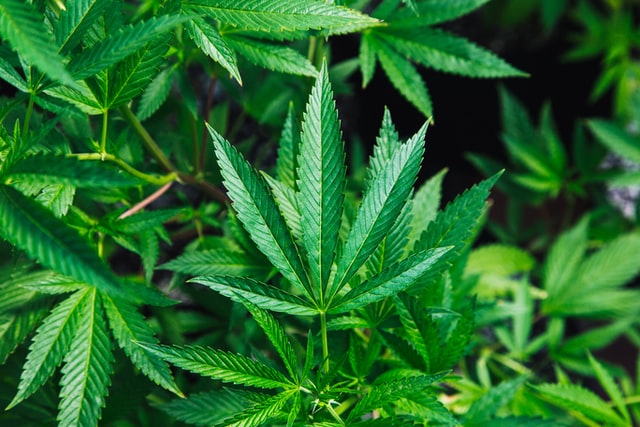Leaders from Colorado declared marijuana dispensaries essential services and allowed them to stay in operation when other businesses shut down due to the Corona pandemic. Initially, however, they granted this exemption to medical marijuana dispensaries only. It wasn’t until the Hoban Law Group began legal activities to include adult-use marijuana dispensaries in the exemption that the Mayor of Denver, Michael Hancock, reversed the initial ruling and designated all legal marijuana dispensaries essential. The initial ruling, which was inspired by Massachusetts in some way, indicated there is a difference between medical and recreational marijuana despite the fact that any established or reputable marijuana Dispensary Denver sells both. That brings us to the question of the day; what is the distinction between recreational marijuana, which is also called regular or nonmedical marijuana and medical marijuana?
Table of Contents
The Differences between Medical and Recreational Marijuana
Content
The cannabis plant, be it Sativa or Indica, has over 500 natural compounds within it. Of these compounds, chemicals referred to as cannabinoids are the most significant as they are more than 100. The two main cannabinoids found in marijuana are cannabidiol (CBD) and tetrahydrocannabinol (THC). Medical marijuana has more CBD than THC. CBD, which is non-psychoactive, offers therapeutic, mind-calming effects as well as medical benefits. Recreational marijuana, on the other hand, has more THC than CBD. THC is psychoactive, and it is the ingredient that gives users a high effect.
Use or Application
Marijuana can be used in its natural flower state, as derivative oils, or when infused with food for both. Common modalities include oils, sprays, creams, suppositories, patches, tinctures, vaping, smoking, and edibles such as cookies, chocolates, and brownies. Nevertheless, medical marijuana, as the name suggests, is used to relieve symptoms associated with diseases and medical conditions while recreational marijuana is used to get high or alter one’s state of mind. Examples of conditions and diseases that medical marijuana treats include pain, eating disorders, loss of appetite, rheumatism, muscle spasms, Alzheimer’s, Crohn’s, cancer, Glaucoma, multiple sclerosis, and nausea. It has also been used in alleviating the effects of chemotherapy.
Things That Regulate Obtaining Both
You need a qualifying medical condition to obtain medical marijuana. You also need to have a medical prescription from an approved physician. Once you present the medical card or prescription at the medical marijuana treatment center, you will be given access to the drug. You can buy recreational marijuana at any legal dispensary and at any given time, without necessarily presenting a medical card or having a medical justification.
Age
You must be above the age of 18 to purchase medical marijuana from a dispensary. Of course, special circumstances can merit prescriptions for individuals under that age limit. The required age limit for recreational marijuana is a bit higher. To be able to buy adult-use only marijuana, you have to be above the age of 21. You will be required to provide proof of age at the dispensary after you walk in, so make sure to always carry your driving license.
.

